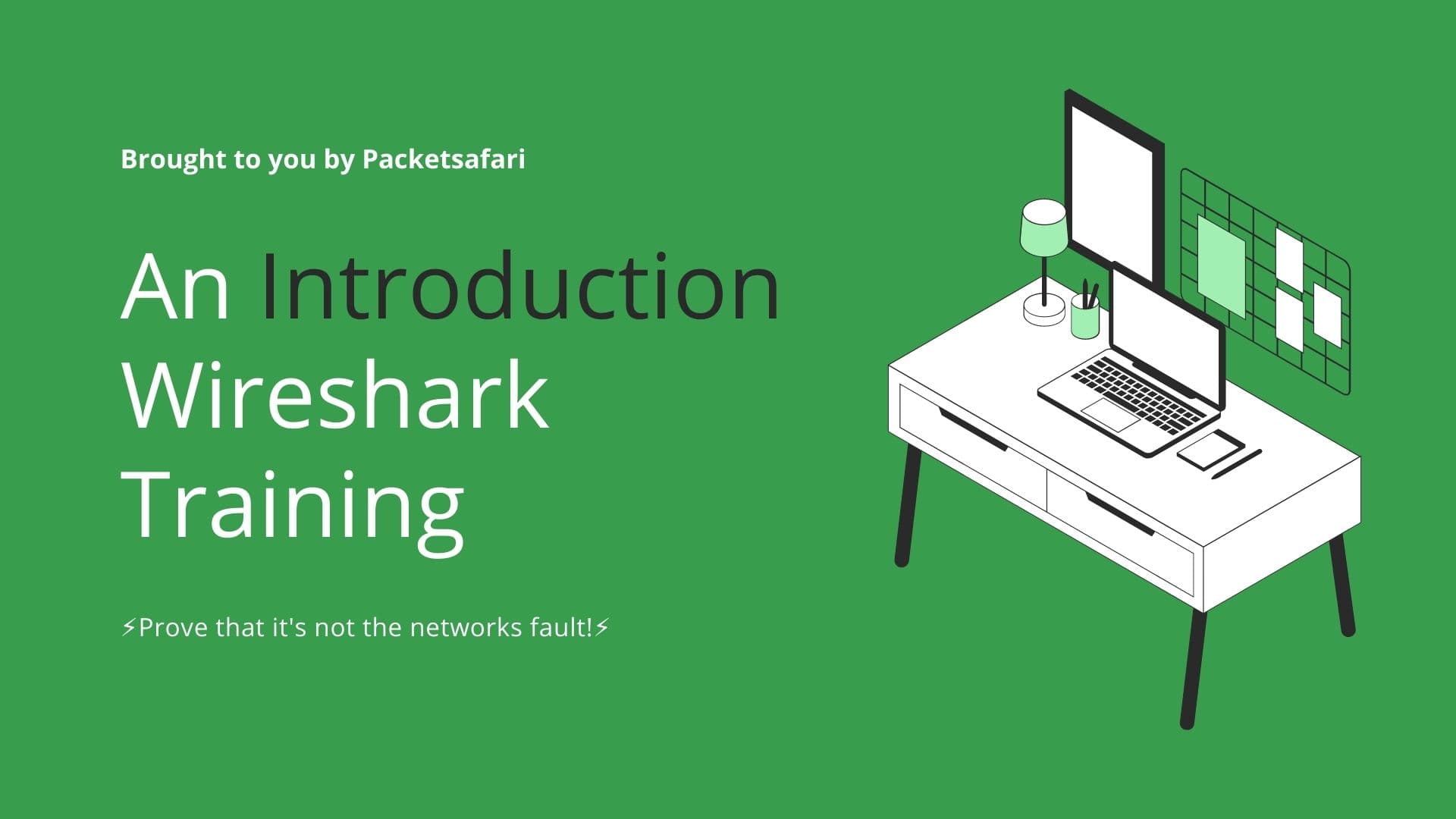As the internet evolves, so do the protocols that enable communication between clients and servers. In this article, we explore HTTP/1, HTTP/2, HTTP/3, and QUIC, discussing their key differences, commonalities, and the concepts of pipelining and multiplexing.
Introduction
As the world wide web has evolved, so have the protocols responsible for enabling communication between clients and servers. In this article, we will compare HTTP/1, HTTP/2, HTTP/3, and QUIC, discussing their differences, commonalities, and the concepts of pipelining and multiplexing. We will also provide expert insights and Wireshark tips for analyzing these protocols in real-world scenarios.
HTTP/1
HTTP/1 is the first version of the Hypertext Transfer Protocol (HTTP) and has been in use since the inception of the web. It is a text-based protocol with limited concurrency, resulting in the infamous "head-of-line blocking" issue, where a single slow request can stall the entire connection.
Wireshark Tip: To filter HTTP/1 traffic in Wireshark, use the display filter http.request.version == "HTTP/1.1".
HTTP/2
HTTP/2 was introduced to address some of the limitations of HTTP/1, such as head-of-line blocking and latency. It uses binary framing, which makes it more efficient than its text-based predecessor. HTTP/2 also introduces multiplexing, allowing multiple requests and responses to be sent concurrently over a single connection, and header compression to reduce overhead.
Wireshark Tip: To filter HTTP/2 traffic in Wireshark, use the display filter http2.
HTTP/3 and QUIC
HTTP/3 is the latest iteration of the HTTP protocol, designed to further improve performance and address latency issues. It replaces the underlying TCP protocol with QUIC (Quick UDP Internet Connections), a protocol that combines the reliability of TCP with the speed of UDP. This change allows for faster connection establishment and improved handling of packet loss and congestion.
Wireshark Tip: To filter HTTP/3 and QUIC traffic in Wireshark, use the display filters http3 and quic, respectively.
Pipelining and Multiplexing
Pipelining is a technique used in HTTP/1.1 to send multiple requests over a single connection without waiting for each response. However, it is limited by head-of-line blocking, which can still cause performance issues. Multiplexing, introduced in HTTP/2, allows multiple requests and responses to be sent concurrently over a single connection, eliminating head-of-line blocking and significantly improving performance.
Wireshark Tip: To visualize pipelining and multiplexing in Wireshark, use the TCP Stream Graph feature to analyze the flow of data over time.
Conclusion
As the internet continues to evolve, it is essential for professionals to understand the differences, commonalities, and advancements in HTTP/1, HTTP/2, HTTP/3, and QUIC. With this knowledge and the expert Wireshark tips provided, you can effectively analyze and troubleshoot network traffic using these protocols. To further enhance your packet analysis skills, consider enrolling in our WIRED for Packet Analysis training course and exploring PacketSafari, our online PCAP analyzer.



